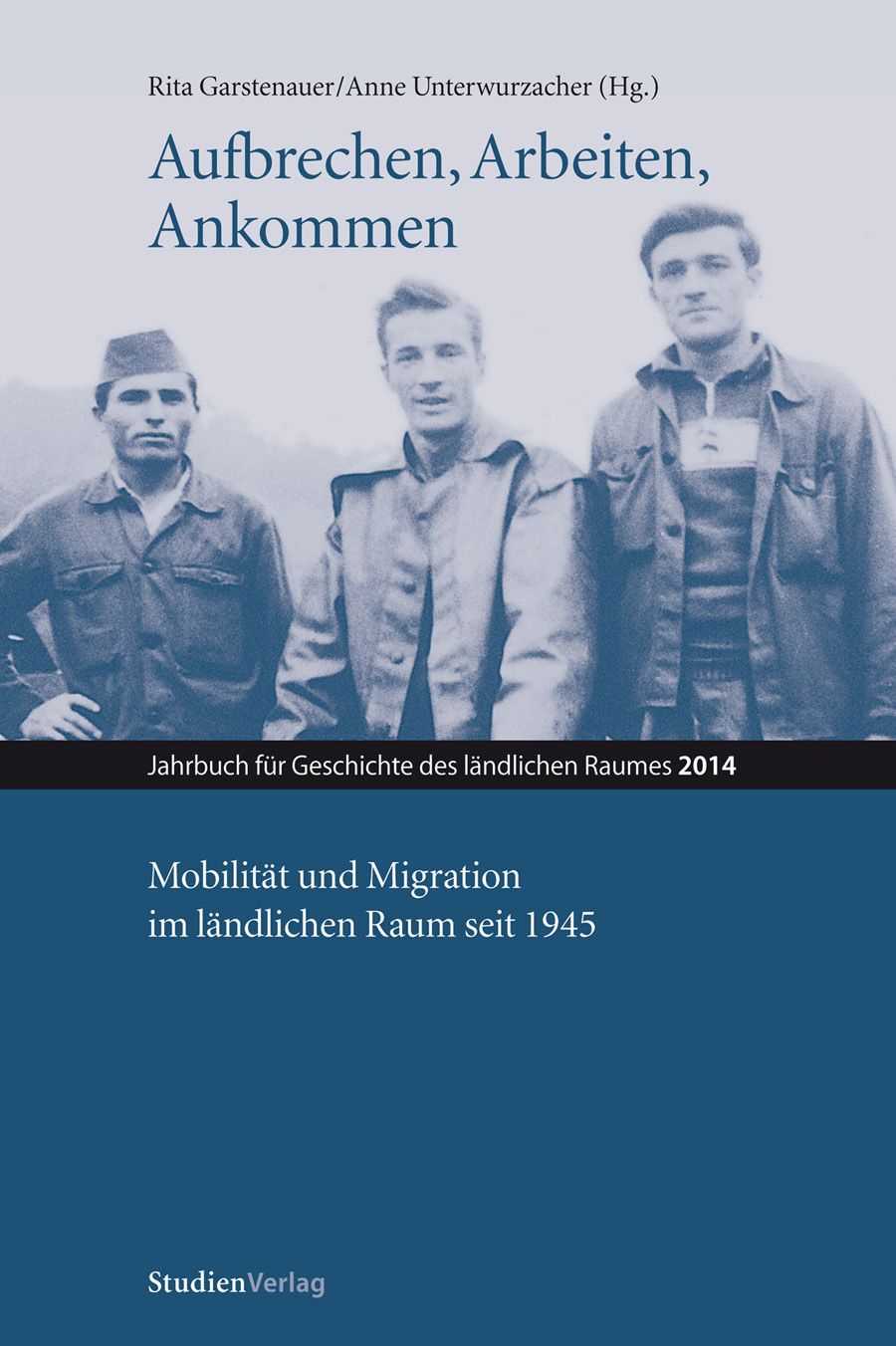Geschichte der Arbeitsmigration Tirols 1945–2013
DOI:
https://doi.org/10.25365/rhy-2014-6Abstract
This article is the first overview on the recent history of labour migration in Tyrol. Primary sources are very scattered, and hardly any relevant publications exist to present; the standard textbooks on the history of Tyrol feature migration as a marginal topic or they ignore it completely. Only in recent years the Department of Contemporary History at the University of Innsbruck has engaged in the study of migration history of Austria and Tyrol, but so far this has produced mostly academic dissertations on the topic. During the post-war era until 1960, labour migration was not a subject of public perception. The dominating migration issues concerned displaced persons in general and refugees and displaced ethnic Germans in particular. Between the 1960s and the 1970s, the focus changed due to the increased influx of labour migrants from former Yugoslavia and Turkey, with a first peak at the beginning of the 1970s. The ‘oil crisis’ in 1973/74, followed by the 1975 Foreign Employment Act, was a turning point which initiated a phase of depletion and stagnation in the employment of foreign workers until 1988. This watershed also marked the slow transition from the guest worker system to the integration system of migration policy, which lasted for approximately two decades. This shift was defined most significantly during the era of Alfred Dallinger as the Federal Minister of Social Affairs, who initiated – however limited – integration policies in the mid-1980s. Behind the back of politicians and social partners, Austria became a country of immigration, a trend that had been ignored by decision-makers in Austria and Tyrol for a long time. The social consequences of the absence of an active and appreciative policy towards the new resident migrant population became apparent. These people could not be reduced to the function of a disposable labour pool as intended in the recruitment treaties of the 1960s, but they actively strived to establish themselves in Austria. The policy makers in Tyrol responded only after the turn of the millennium, – faster than those of other provinces, but in many respects less comprehensively.


